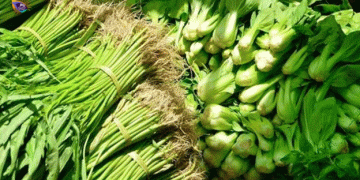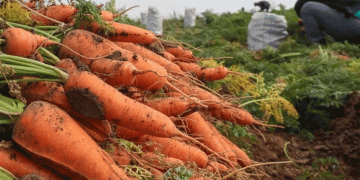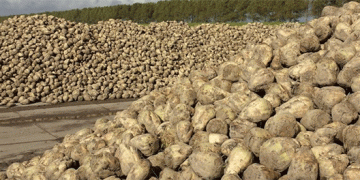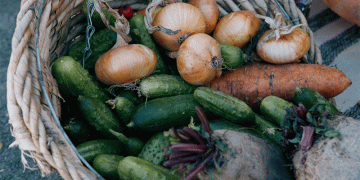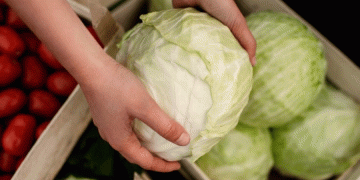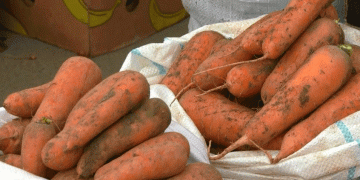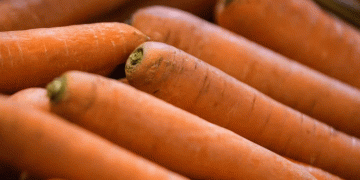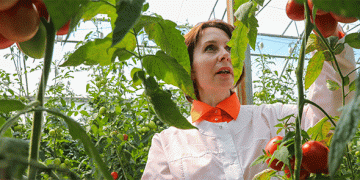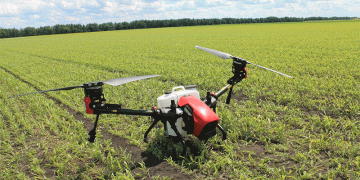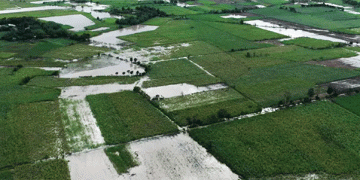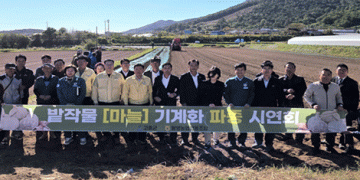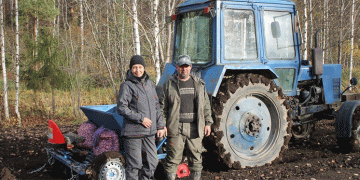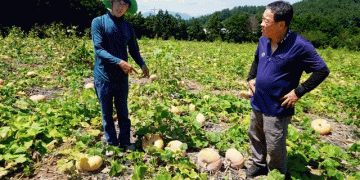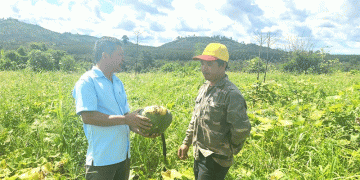The horticulture sector in Krisik Pudak, Magetan, East Java, is facing a critical challenge as vegetable prices have plunged dramatically. Farmers who previously enjoyed high earnings from vegetables like scallions, cabbage, and carrots are now enduring significant financial losses.
The Extent of the Price Crash
Data from the local market paints a bleak picture:
- Scallion prices have dropped from IDR 18,000–20,000 per kg to as low as IDR 2,500–4,000 per kg.
- Cabbage, which was previously IDR 8,000 per kg, is now IDR 2,000 per kg.
- Other vegetables like carrots, celery, and mustard greens are struggling to reach IDR 5,000 per kg.
This staggering price drop, reaching up to 100% in some cases, can be attributed to two primary factors: overproduction due to earlier high prices and damage caused by continuous heavy rains in the past two weeks. The rains have led to crop losses and quality degradation, further complicating the situation for farmers.
The Causes Behind the Decline
- Market Dynamics: High vegetable prices earlier in the year incentivized farmers to increase planting. This led to a surplus in supply during the harvest season, driving prices down.
- Weather Impact: Persistent rainfall has not only affected crop quality but also increased the incidence of disease and rot, making the produce less marketable.
- Seasonal Trends: Price fluctuations in horticulture are common, but the combination of surplus and poor weather has exacerbated the situation this season.
Signs of Recovery
Despite the challenges, there are glimmers of hope. Reports from nearby Magetan markets suggest that prices are beginning to rise, albeit slowly. This could signal a shift in supply-demand dynamics, especially as damaged crops reduce market availability. However, for many farmers, the damage has already been done, and recovery will require time and support.
Strategies for Resilience
To mitigate future price shocks and weather-related challenges, farmers in Krisik Pudak might consider:
- Diversification: Planting a variety of crops to spread risk.
- Improved Storage: Investing in facilities that protect produce from weather damage.
- Market Coordination: Collaborating with cooperatives to regulate supply and stabilize prices.
- Weather-Resilient Crops: Transitioning to more robust vegetable varieties that can withstand heavy rainfall.
The crisis in Krisik Pudak underscores the vulnerability of smallholder farmers to market and climate volatility. While price recovery seems likely, long-term solutions are essential to ensure stability and sustainability in the horticulture sector. Policymakers, agronomists, and agricultural engineers must collaborate with farmers to develop resilient practices and market strategies.
